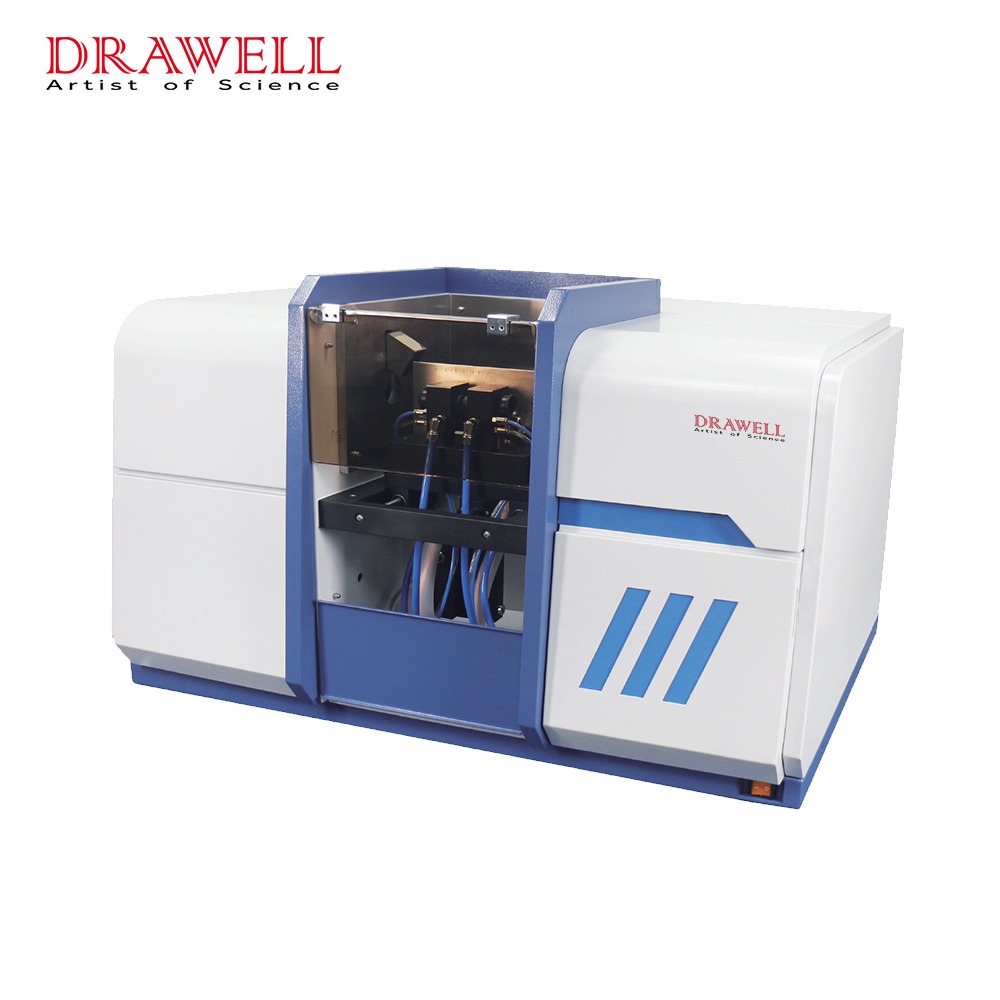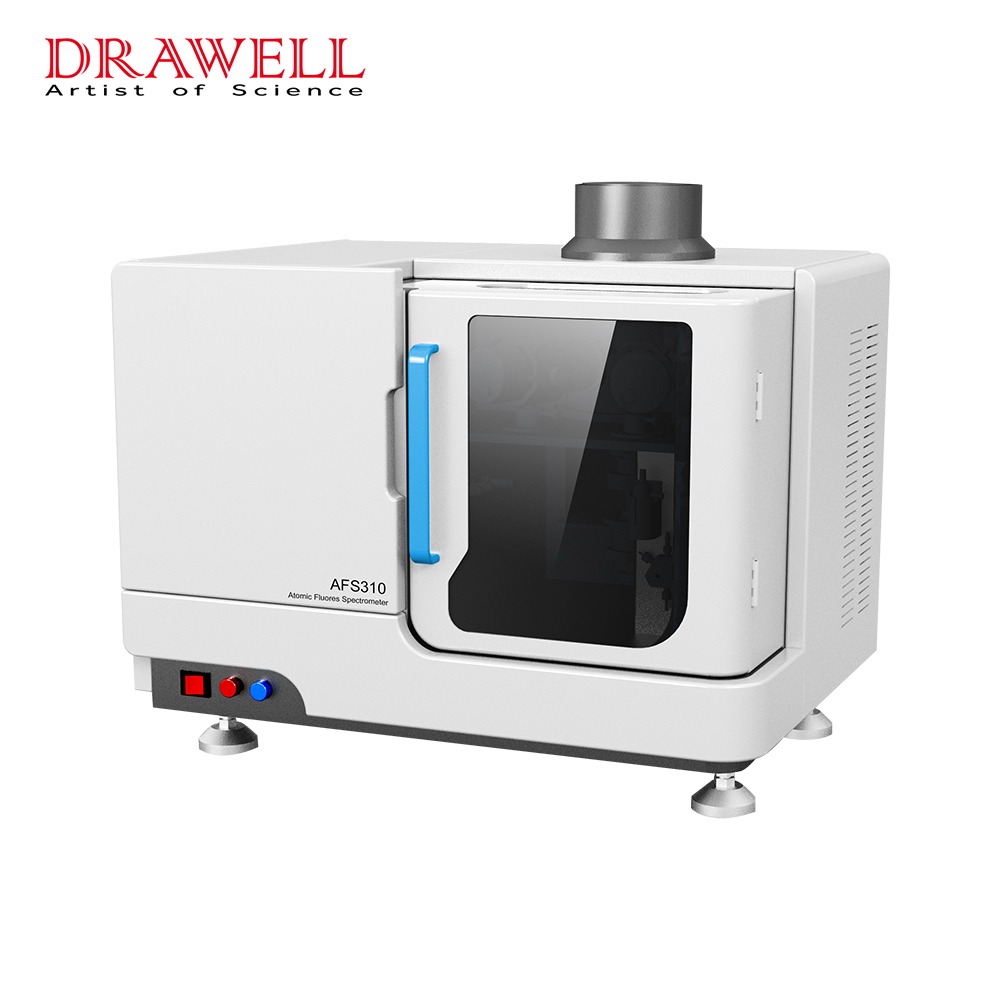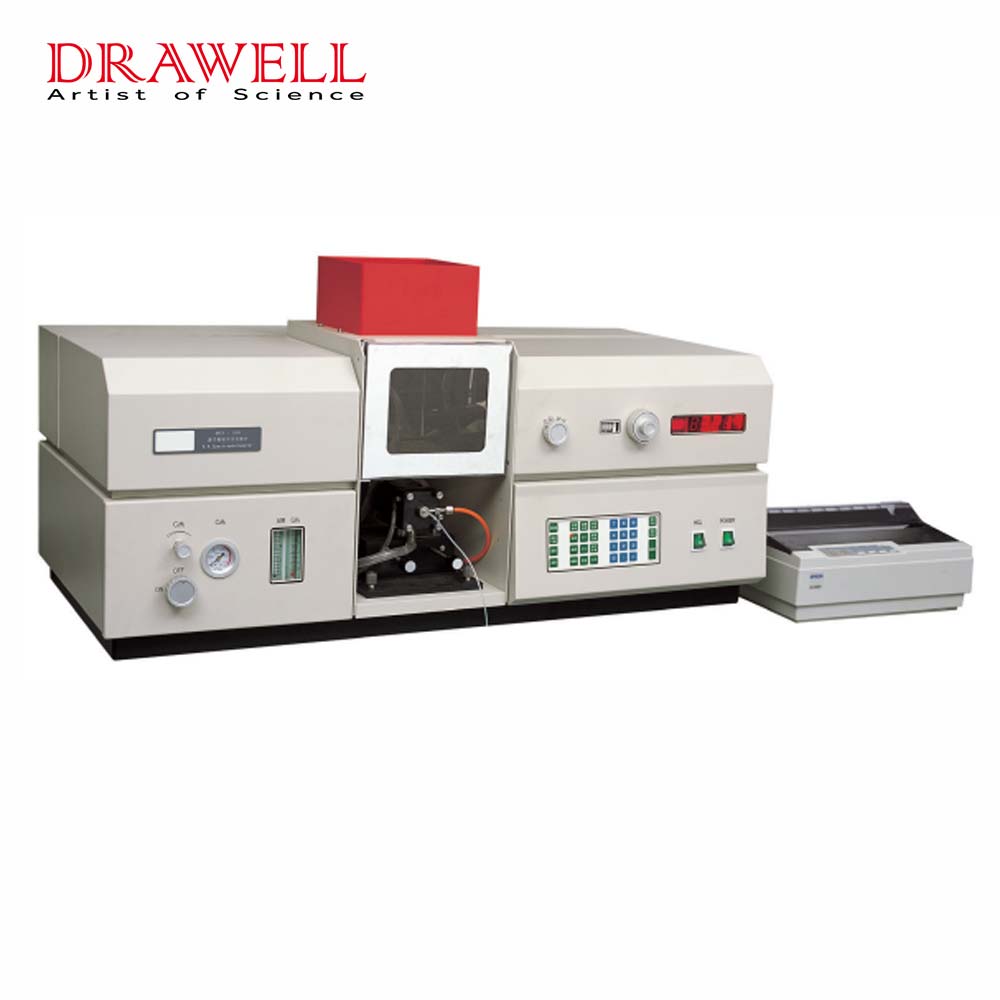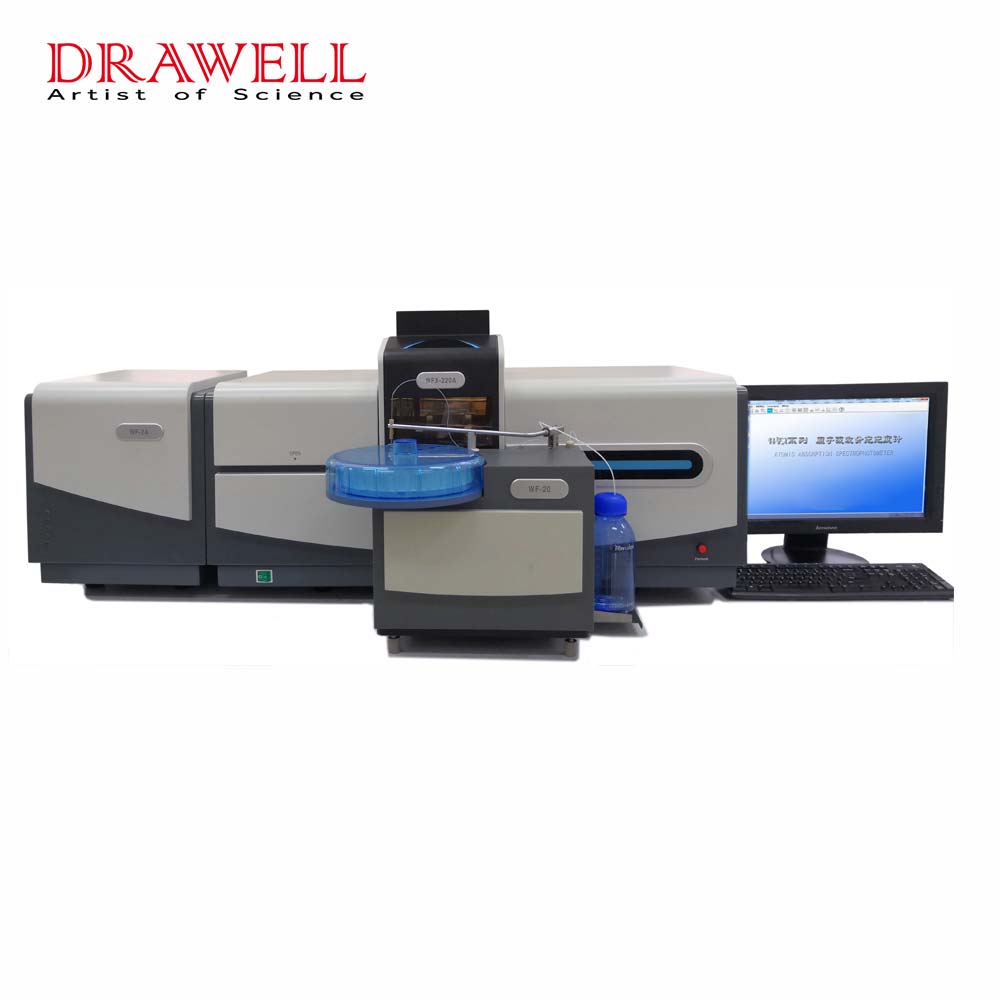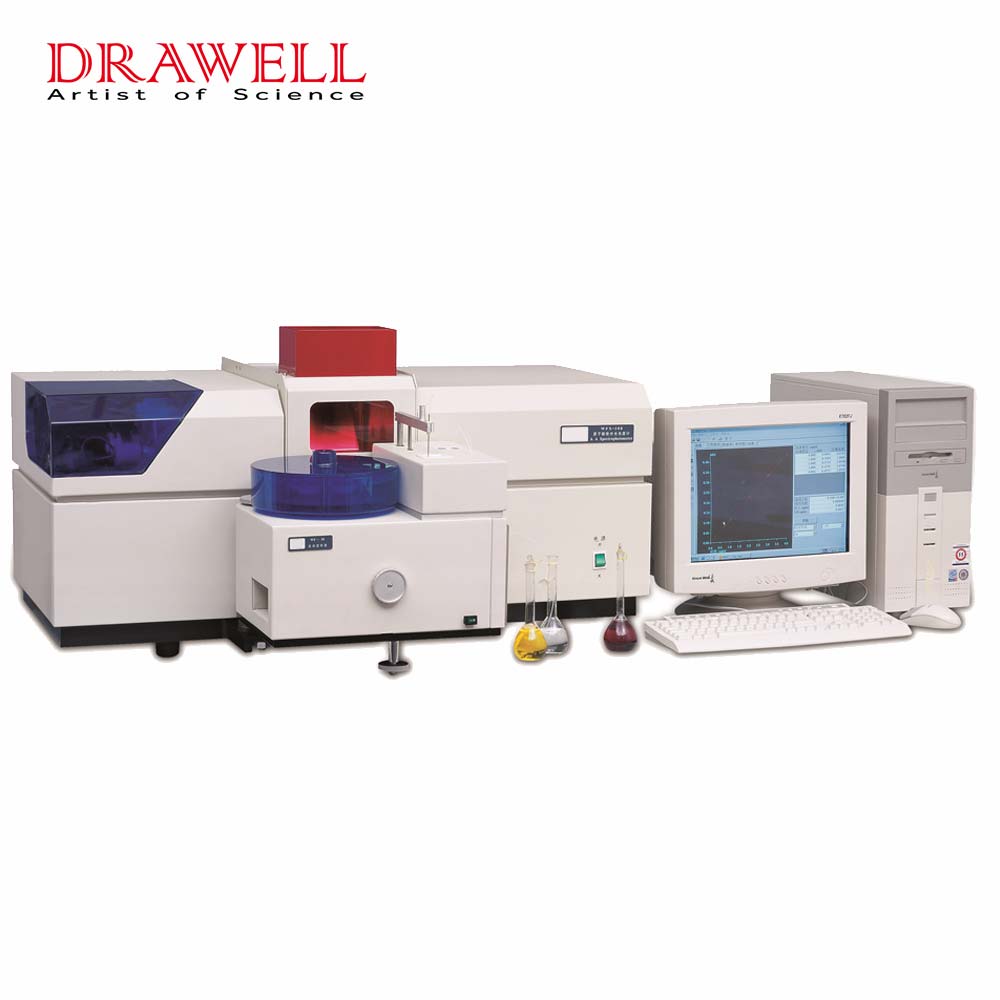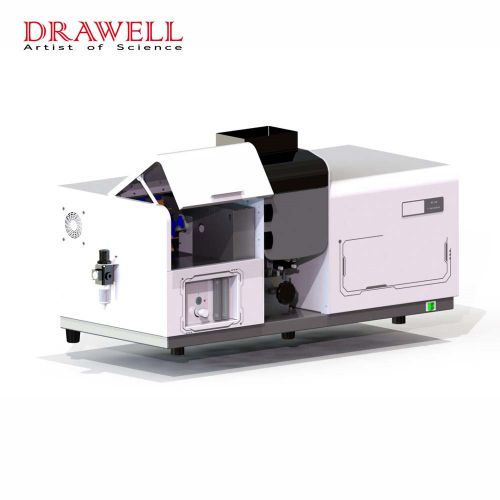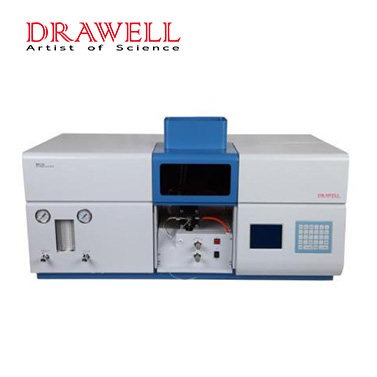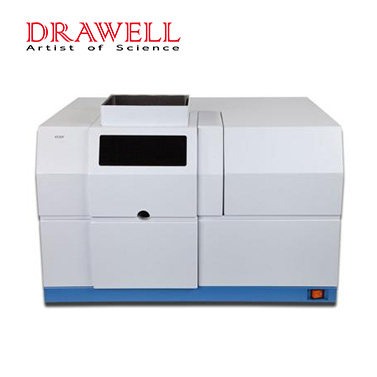Atomic Absorption Spectroscopy (AAS) is a widely used analytical technique for the quantitative determination of elements in various samples. It offers high sensitivity and precision in determining trace metals in a wide range of industries, from environmental monitoring to pharmaceuticals. However, accurate results in AAS largely depend on proper sample preparation. Without the right preparation, interferences and contaminants can skew results, leading to erroneous conclusions. Here we will discuss the different types of samples commonly analyzed using AAS, the various sample preparation techniques employed, and common issues that may arise during the process.
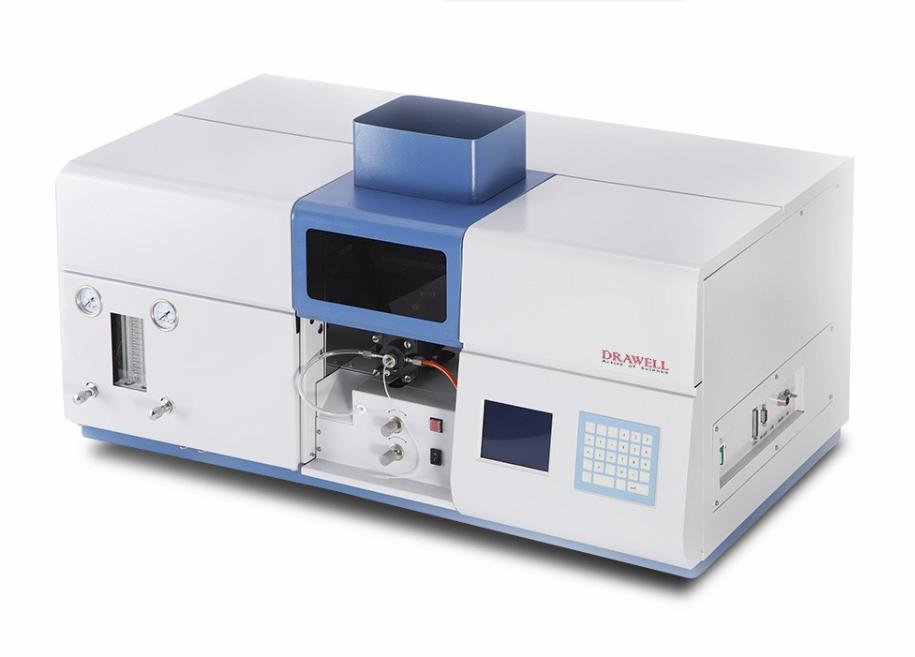
Get to Know AAS Analysis
Atomic Absorption Spectroscopy works by measuring the absorption of light by free, ground-state atoms. When a sample is introduced into the flame or graphite furnace, the heat causes the atoms to absorb light at specific wavelengths. The intensity of absorbed light is then measured, which correlates to the concentration of the element being analyzed.
AAS is especially suited for analyzing metals and some non-metals in trace amounts. Its accuracy and sensitivity make it invaluable in industries like food and beverage, environmental testing, and clinical applications. However, its success is dependent on the quality of the sample and the techniques used to prepare it.
Sample Types and Preparation Techniques
AAS can analyze a variety of sample types, including solids, liquids, and gases. Each type requires unique preparation steps to ensure that the sample is suitable for analysis.

1. Solid Samples
Solid samples like metals, soils, and biological tissues are common in AAS analysis. However, solid materials need to be broken down into a form that can be atomized. Techniques such as acid digestion and fusion are commonly used to dissolve or liquefy the solid sample for easy introduction into the AAS instrument.
Preparation Techniques:
- Acid Digestion: This method is widely used for dissolving solid samples into a liquid form. Strong acids like nitric acid (HNO₃) are used to break down the solid matrix. In some cases, multiple acids may be used to enhance dissolution.
- Microwave Digestion: This technique speeds up the acid digestion process using microwave energy to heat the sample and acid mixture. It is faster and more efficient than conventional digestion methods.
- Fusion: For samples that are difficult to dissolve with acids, fusion techniques are employed. The sample is mixed with a flux, such as lithium metaborate, and heated to high temperatures to create a molten phase that is easily dissolved in acids.

2. Liquid Samples
Liquid samples, such as water, beverages, or chemical solutions, are easier to handle but may require filtration, dilution, or acidification before analysis. Liquid samples must be free of particulates that could block the atomizer and must have appropriate concentration levels to fall within the detection range of AAS.
Preparation Techniques:
- Filtration: Liquid samples may contain suspended solids that must be removed through filtration. This ensures that only the dissolved phase of the sample is analyzed.
- Dilution: Highly concentrated liquid samples must be diluted to bring them within the working range of the AAS instrument.
- Acidification: Some liquid samples require acidification to prevent precipitation of metals or to enhance stability.

3. Gaseous Samples
AAS can also be used for analyzing gases, although it is less common. Gaseous samples are usually collected using trapping techniques, and the target elements are often concentrated before introduction to the AAS for analysis.
Preparation Techniques:
- Trapping: Gases are typically collected using absorbents or filters that trap the target elements. These filters are then treated and introduced to the AAS instrument for analysis.
- Pre-concentration: In cases where the target element is present at very low concentrations, pre-concentration techniques are used to increase the analyte levels before analysis.
- Gas-liquid chromatography (GLC): For complex gaseous mixtures, GLC can be used to separate the analytes before AAS analysis.
Effective sample preparation is critical for accurate AAS results. Whether you’re dealing with solids, liquids, or gases, choosing the right technique ensures that the sample is in the correct form and free of interferences, maximizing the precision of the analysis.
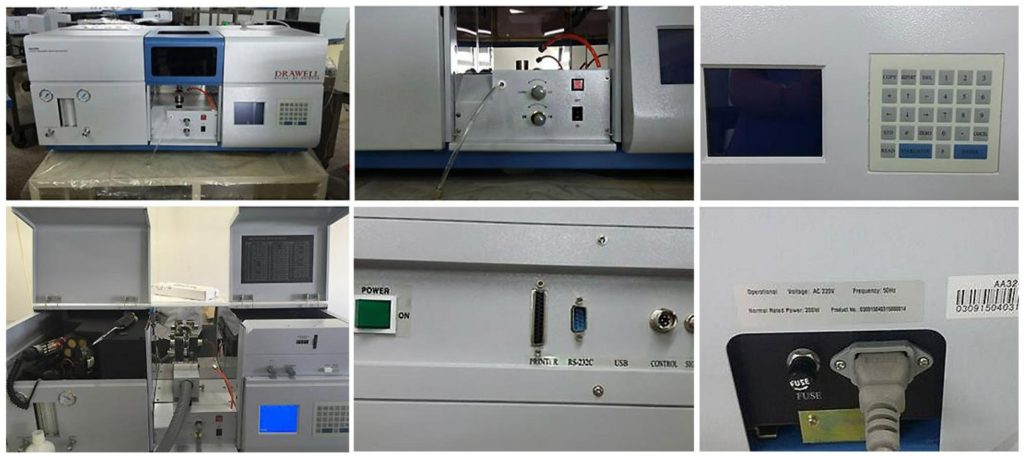
Common Issues and Solutions for AAS Sample Preparation
Even with careful preparation, several challenges can arise during AAS sample preparation. These challenges include matrix effects, contamination, and incomplete digestion or dissolution.
- Matrix Interferences
Matrix effects occur when other substances in the sample interfere with the absorption of the target element, leading to inaccurate results. This is particularly common in complex samples like soils or biological tissues. To mitigate this, matrix modifiers or dilution can be used to neutralize the interfering components.
- Contamination
Contamination can occur at various stages of sample preparation, from handling to the use of impure reagents. The key to avoiding contamination is working in a clean environment, using high-purity reagents, and properly cleaning all equipment between samples.
- Incomplete Digestion
For solid samples, incomplete digestion can lead to inaccurate readings, as not all of the sample’s elements are available for analysis. Ensuring sufficient time and temperature for digestion or using a more aggressive digestion method like microwave digestion can help overcome this issue.
- Inaccurate Dilution or Concentration
Improper dilution or concentration of samples can lead to results that are either too high or too low. Always use calibrated equipment for dilutions and check concentrations using reference standards.
Sample preparation is the cornerstone of accurate AAS analysis. Each sample type, whether solid, liquid, or gas, requires specific preparation techniques to ensure accurate results. By understanding common issues in sample preparation and implementing solutions helps to avoid analytical errors in AAS. Proper preparation is key to unlocking the full potential of Atomic Absorption Spectroscopy.

